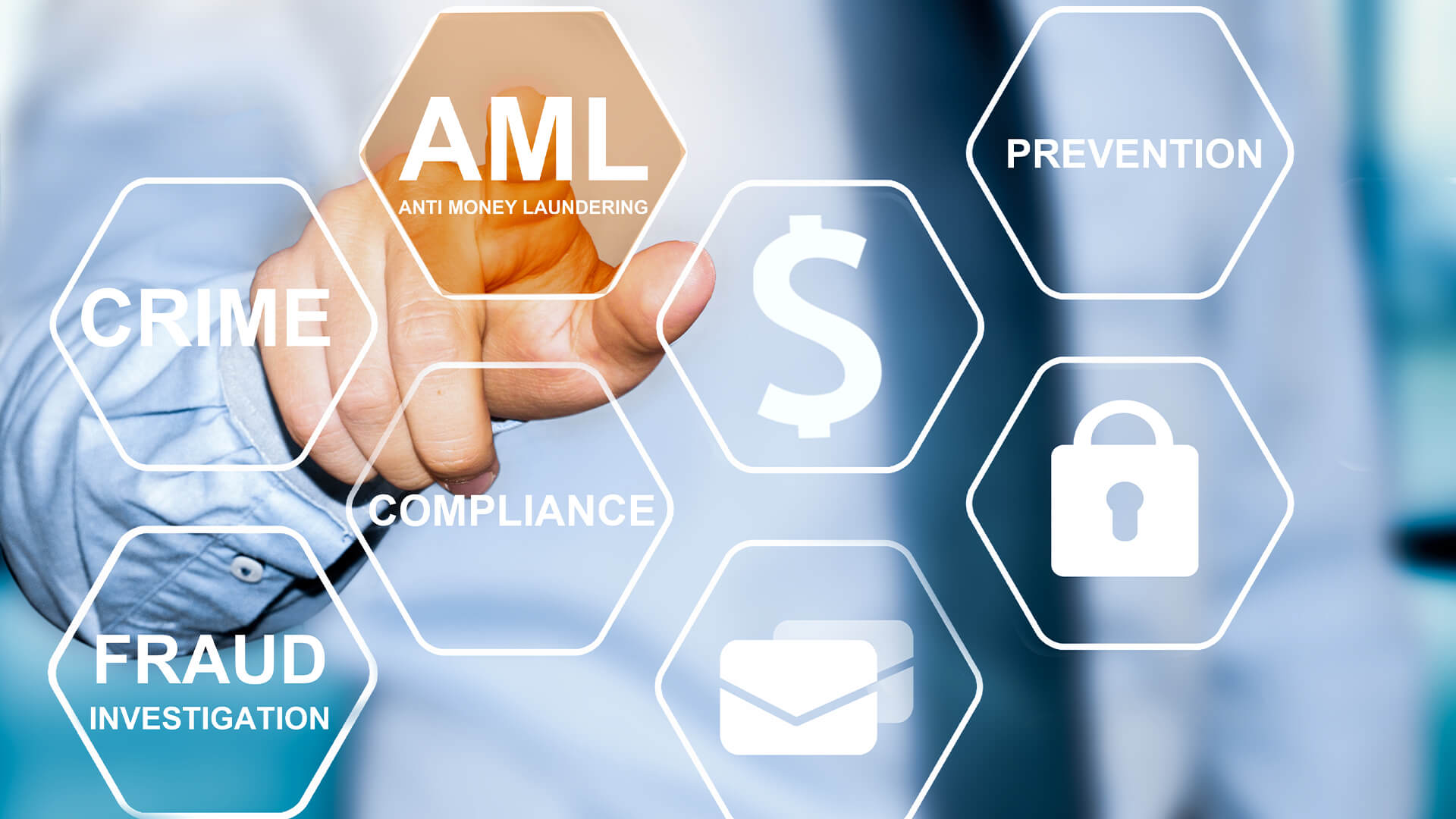Driven by new technological capabilities and ever-increasing customer expectations, the pace of change in financial services is increasing exponentially. Consumers of financial services want everything to happen more quickly, from real-time payments to immediate access to deposited checks. In the midst of this push for speed, it is essential not to sacrifice security. And it needn’t be an “either or” proposition. With the right approach, financial institutions can balance speed and security, and use both to enhance their customers’ experience.
Developing such an approach requires an awareness and acknowledgement of potential risks in the current financial services landscape. Along with greater speed come new fronts in the fight against financial crime. Here are three areas to prioritise.
Detecting Financial Crime in Real-Time
A decade ago, transactions typically moved in batches and high value payments took hours – if not days – to process. Real-time offers a wealth of opportunities to the industry, businesses and consumers, but there are inherent risks to any evolution in financial services. As money moves more quickly and the window for detecting and stopping bad transactions narrows, fraud prevention takes on increased urgency. When all the processing and network steps are considered, each must be completed within a second at most, including validation, compliance checking, accounting and fraud detection.
Arising as a result of European regulations, payment-hub technology enables the management of all payment types on a single platform and promises better risk analysis, faster settlement, lower routing costs and a real-time view of transactions. Still, as all of those payments are flowing quickly through a central hub, financial institutions have to monitor for fraud at the same speed.
Managing Third-Party Risk
Consumer-focused technology companies are resetting expectations for financial services. This is driving financial institutions to adapt and embrace innovative technologies at every step of the customer experience, whether through in-branch teller kiosks, artificial intelligence (AI) based consumer assistance or integration with third-party fintechs.
Open banking regulations in Europe and other parts of the world are making it a priority to integrate with fintechs and other third-party companies with which customers have existing relationships. Under the regulations, financial institutions must provide trusted third parties access to customer information when consumers allow it. Even in parts of the world where open banking is not a regulatory requirement, financial institutions are moving toward similar integration capabilities to hasten innovation and meet consumer demand.
Once again, the technology presents many opportunities for consumers and financial institutions, but it also raises the stakes on security. If financial institutions begin engaging consumers more often through fintechs, identification and validation will become even more crucial.
In the new interconnected financial services landscape, it’s not enough for a financial institution to ensure their own systems are secure, they also have to consider the security of the companies accessing information through their systems. This consideration takes on multiple layers when considering the different channels and services fintechs and other third-party companies represent. Financial institutions’ security strategies will need to account for payments, lending and card issuance, just to name a few.
Financial institutions are responding by adjusting their strategies in terms of due diligence, updating processes, and monitoring and evaluation.
Leveraging Data
Financial institutions’ success in managing risk in the future will be largely dependent on how well they assess, leverage and control their data. The sheer volume of information flowing through financial institutions poses what can appear to be an overwhelming challenge, particularly when there is a need to make sure this data is also accurate, current and useful.
Deploying technologies, such as advanced analytics, machine learning and AI, will enable financial institutions to manage data quickly, accurately and efficiently. Data can then be used as a powerful tool to better understand customers and get a clearer picture of typical (or atypical) behaviour. While data on its own is useful, analysis against broader sets of information can reveal patterns that improve the ability to differentiate between normal activity and fraudulent transactions.
Financial institutions can draw on a wide range of information sources to inform internal data sets, validate models and take a more agile approach to risk management. Monitoring card usage trends and capabilities, such as geolocation, allows more risk monitoring to take place behind the scenes, while biometric authentication enables more streamlined customer interactions that are simultaneously more secure. Financial institutions can also benefit from coming together as an industry to share intelligence and build shared databases of ‘bad’ devices and suspicious activity.
Securing the Future of Financial Services
Speed is a key factor for the future of financial services, and with the right strategy financial institutions can balance the need for speed with the imperative for security. As the introduction of faster financial services accelerates, security will become a differentiator for financial institutions that deliver it well.



























